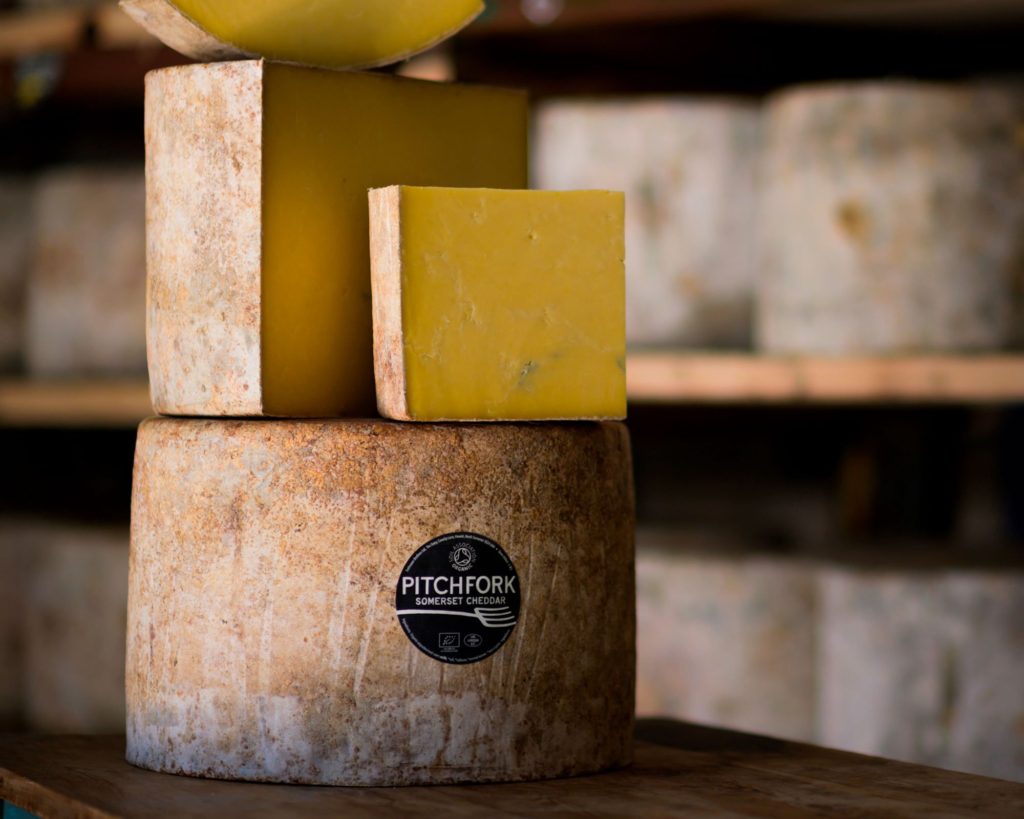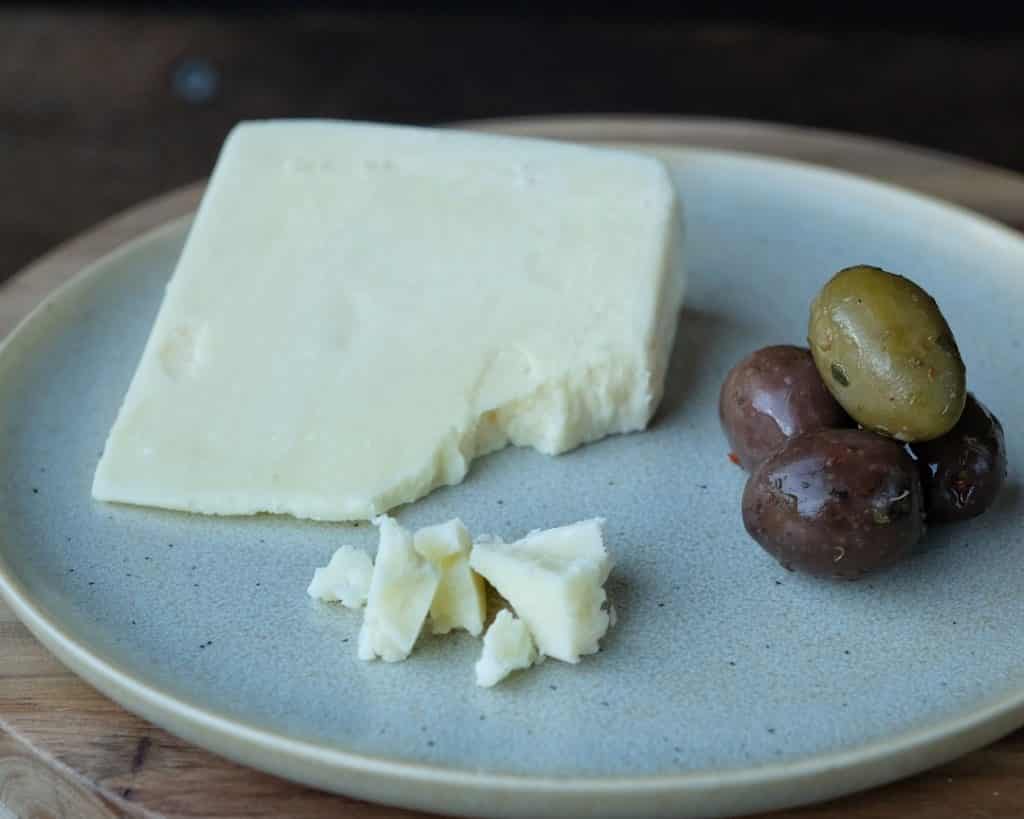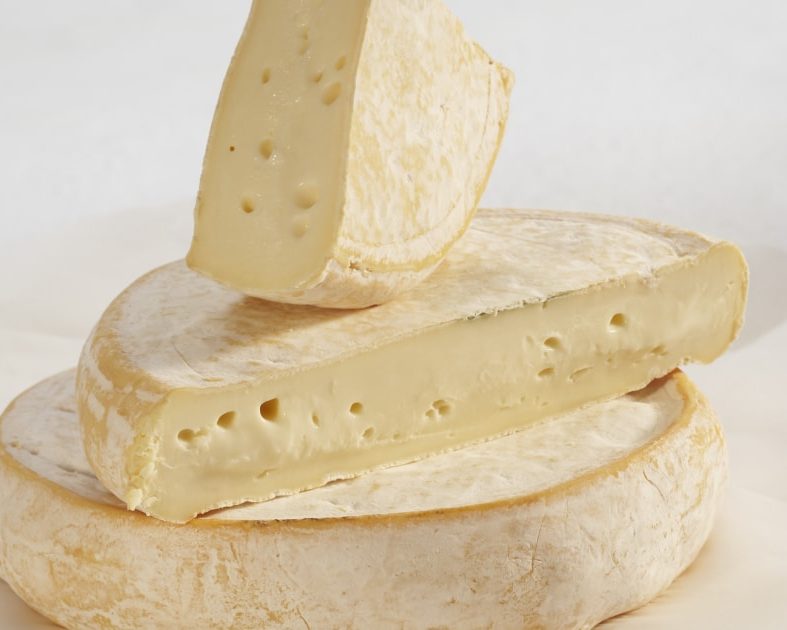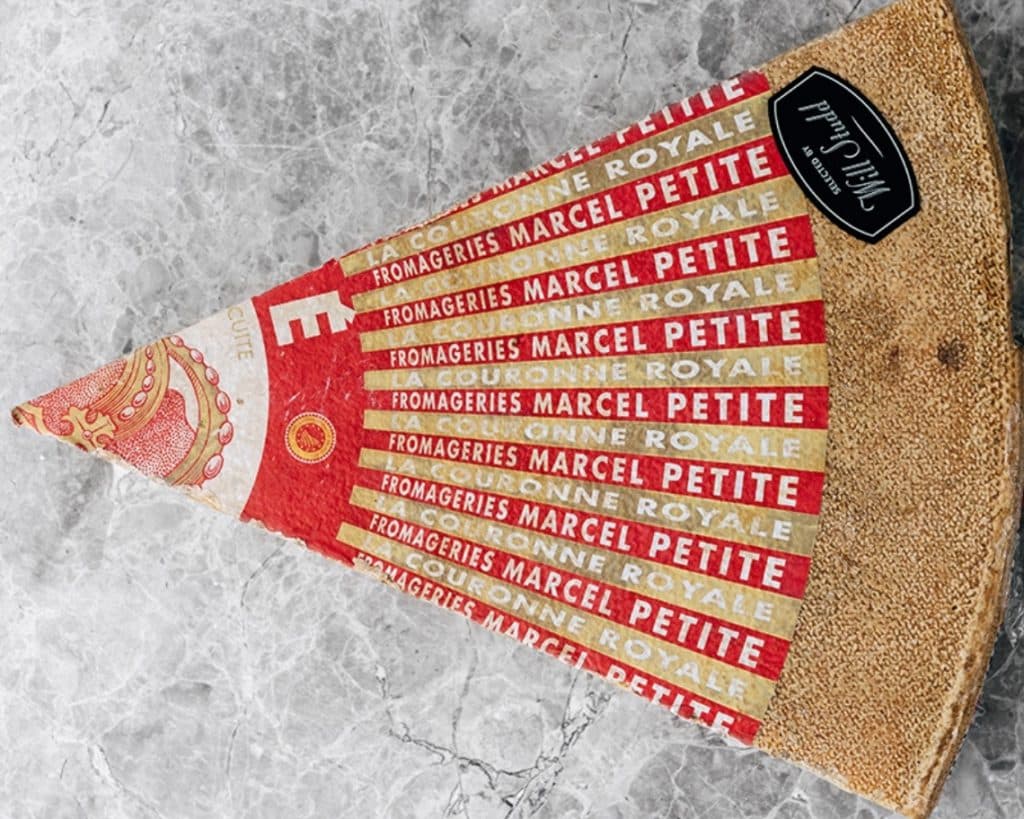Spanish cheeses don’t get much more famous than Manchego. Read on to learn about this remarkable sheep’s milk cheese, and how locals in La Mancha craft its iconic rind.
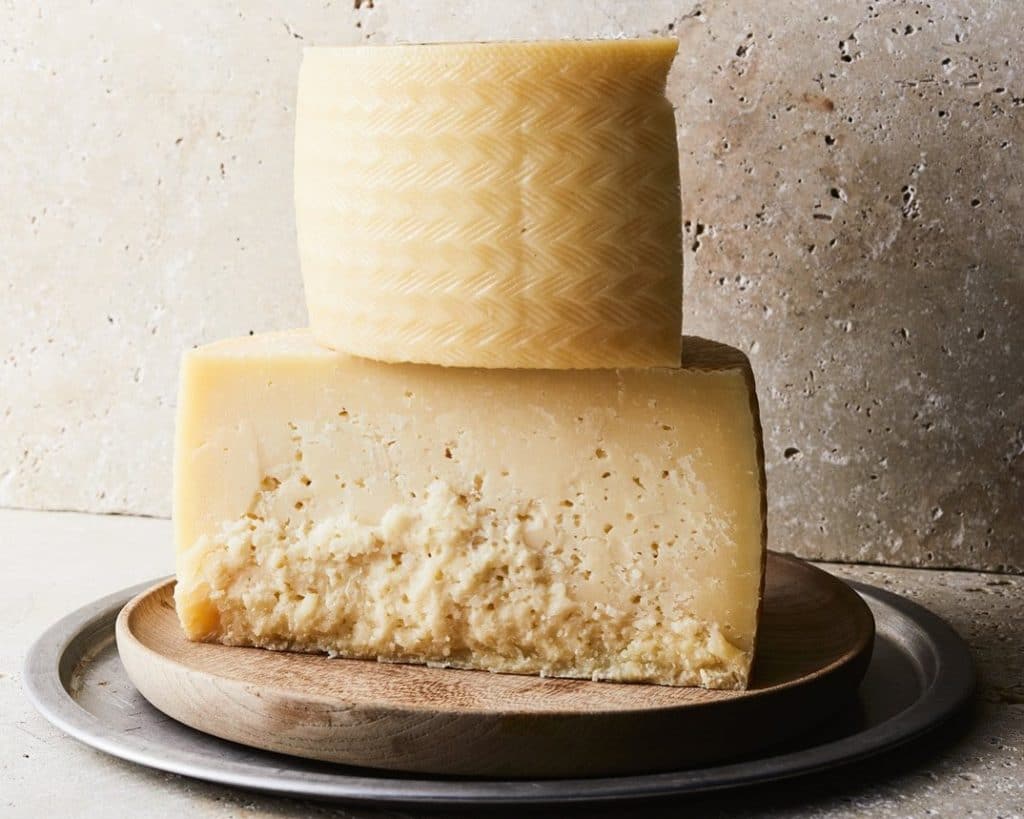
Where does Manchego come from?
Manchego is Spain’s most popular cheese. Actually, it accounts for one third of the country’s entire cheese production.
Originating from La Mancha in central Spain, this pressed uncooked cheese is traditionally made using the rich, fatty raw milk of Manchega sheep. See the trend there? La Mancha, Manchega, Manchego!
How is Manchego made?
All great cheese starts with fresh, high quality milk. Hence, it is not surprising that most Manchego makers are located within a stone’s throw of La Mancha’s best pastures.
Upon receiving delivery of fresh sheep’s milk in the morning, the cheesemaker transfers it into heated vats. Then, they add culture and rennet to form a firm curd. Afterwards, they cut the cut and strain off the excess whey. Once drained, the curd is hooped into the cheese moulds. Read on after the break to learn about the special moulds.
Moulding the cheese
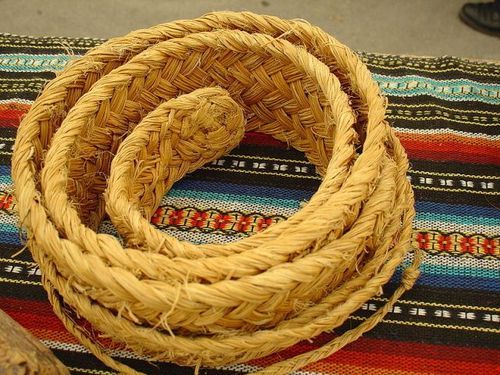
There are 2 different types of moulds that are used to make this cheese. While artisan producers typically use esparto grass woven moulds, more commercial producers use ones made of plastic.
Esparto grass, also known as halfah, is a type of grass that comes from Northwest Africa and the southern part of the Iberian peninsula. Historically, locals have used it as a raw material for making baskets and espadrilles.
Getting back to the cheesemaking, once the curd is compressed in the mould, any remaining whey is drained. Finally, the maker soaks each cheese in a brine solution before brushing them in olive oil. Overall, the olive oil locks in the cheese’s moisture, and contributes to the aroma and flavour.
The various types of Manchego
Most Manchego variants are made with raw milk. Moreover, the makers do not use any fillers or preservatives. However, they tend to prefer animal rennet for a more intense flavour. Unfortunately, this makes Manchego unsuitable for vegetarians.
Furthermore, wheels of Manchego are categorised based on their age. Fresco is aged for a minimum of 2 weeks, Semi-Curado 3-4 months, Curado 4-6 months and Viejo 1-2 years.
What Manchego tastes like
In a similar way to French Comté and Swiss Gruyère, Manchego demonstrates an incredible range of flavours. Be prepared for symphonic strokes of fruits and nuts, along with zesty undertones of piquancy. Furthermore, the dried esparto grass imparts aromas of dried herbs to the cheese.
As the cheese ages, its texture hardens and its flavours become more pronounced. By 12 months, the interior of the cheese is quite crumbly and granular. Expect more rounded and toasty flavours with notes of honey, almonds and marmalade.
How to serve Manchego
Unsurprisingly, Manchego’s intense flavour and crumbly texture make it an ideal table cheese. Round up your cheese board with olives, sun-dried tomatoes, crusty bread. And wash it all down with a robust red wine or dry Sherry.
Thank you for reading
Thank you for reading this post about yet another amazing artisanal cheese. Have you tried this cheese before? Drop us a comment below with your thoughts.
If you enjoy learning about new cheeses, you can subscribe to our newsletter below. You will hear from us about once a week as we share new cheese profiles with you.
Finally, keep scrolling to find some more cheeses and recipes that have been recommended for you. Keep it cheesy!
